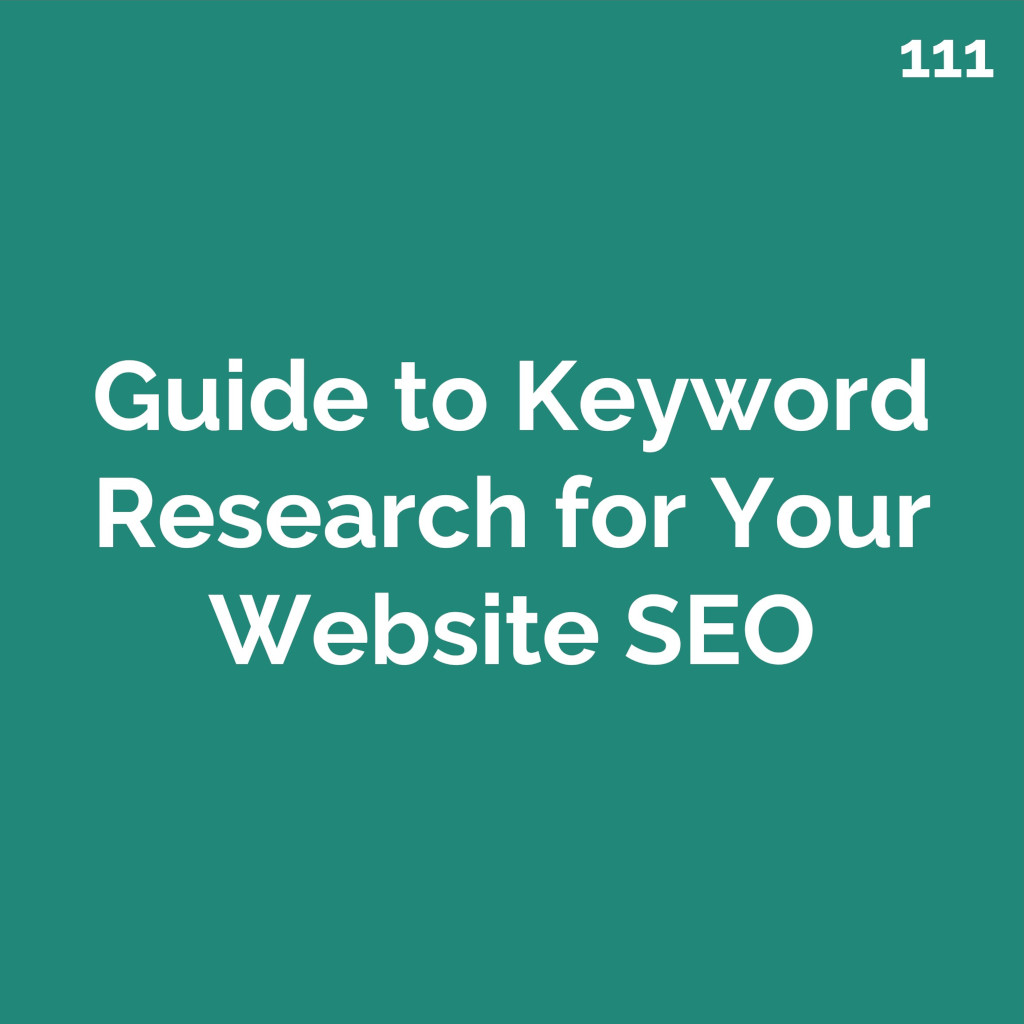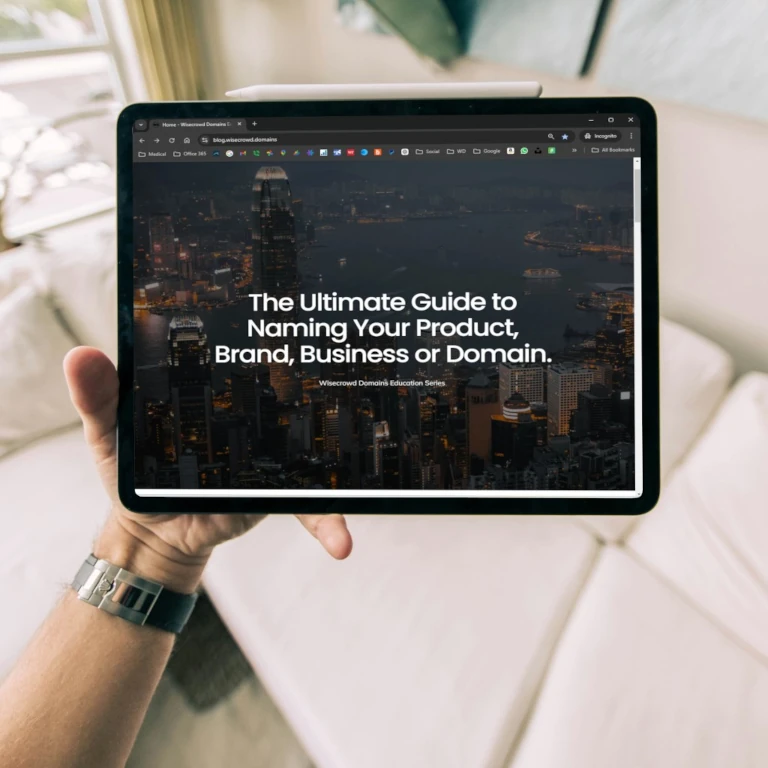Guide to Keyword Research for Your Website SEO
Article 111 From the Complete Do It Yourself SEO Checklist For Small Business
Keyword research is the foundation of good search engine optimization (SEO). It helps you understand what potential customers are searching for online so you can create content that meets their needs. Here’s a simple guide to get started:
1. Keyword Research
Keyword research is about finding the words and phrases your target audience uses to search for products or services like yours. To start:
- Think of broad topics related to your business (e.g., “plumbing services,” “home cleaning”).
- Use free tools like Google Keyword Planner or Ubersuggest to discover related keywords.
- Make a list of words that align with your business and goals.
2. Identify Target Keywords
Once you have a list of keywords, focus on the ones that are:
- Relevant: They should directly relate to your products, services, or content.
- Popular: Look for keywords with high search volume (how often people search for them).
- Achievable: Avoid overly competitive keywords if you’re just starting out. Look for phrases with moderate competition.
Example: Instead of targeting “cleaning services” (very broad), try “affordable house cleaning services in Seattle.”
3. Analyze Competitor Keywords
Find out what keywords your competitors are ranking for. This gives you insights into what’s working for others in your industry.
- Use tools like SEMrush or Ahrefs to analyze competitor websites.
- Look for gaps: Are there keywords your competitors aren’t targeting that you could focus on?
For example, if competitors focus on “plumbing repairs,” you could target “emergency plumbing services near me.”
4. Focus on Long-Tail Keywords
Long-tail keywords are longer, more specific phrases that often have less competition but high intent. These are great for small businesses because they attract people closer to making a decision.
Example:
- Broad keyword: “pizza delivery”
- Long-tail keyword: “gluten-free pizza delivery in Portland”
Use tools like AnswerThePublic to find long-tail keywords based on common questions people ask.
5. Analyze Search Intent
Search intent is the reason behind a search query. People may be looking for information, comparing options, or ready to buy. Understanding this helps you create the right content for each stage.
Types of intent:
- Informational: “How to unclog a drain”
- Navigational: “Best plumbing company near me”
- Transactional: “Book emergency plumber now”
Match your content to the intent. For example:
- For informational searches, create helpful blog posts or how-to guides.
- For transactional searches, optimize product or service pages with clear calls to action.
Final Thoughts
Keyword research doesn’t have to be complicated, and tools like Google Trends can also help you stay updated on trends in your industry. By targeting the right keywords and understanding your audience’s intent, you’ll drive more traffic to your site and attract the customers you want!
Need Expert Help?
The team at Wisecrowd Design is standing by to help you with all facets of your website performance.


